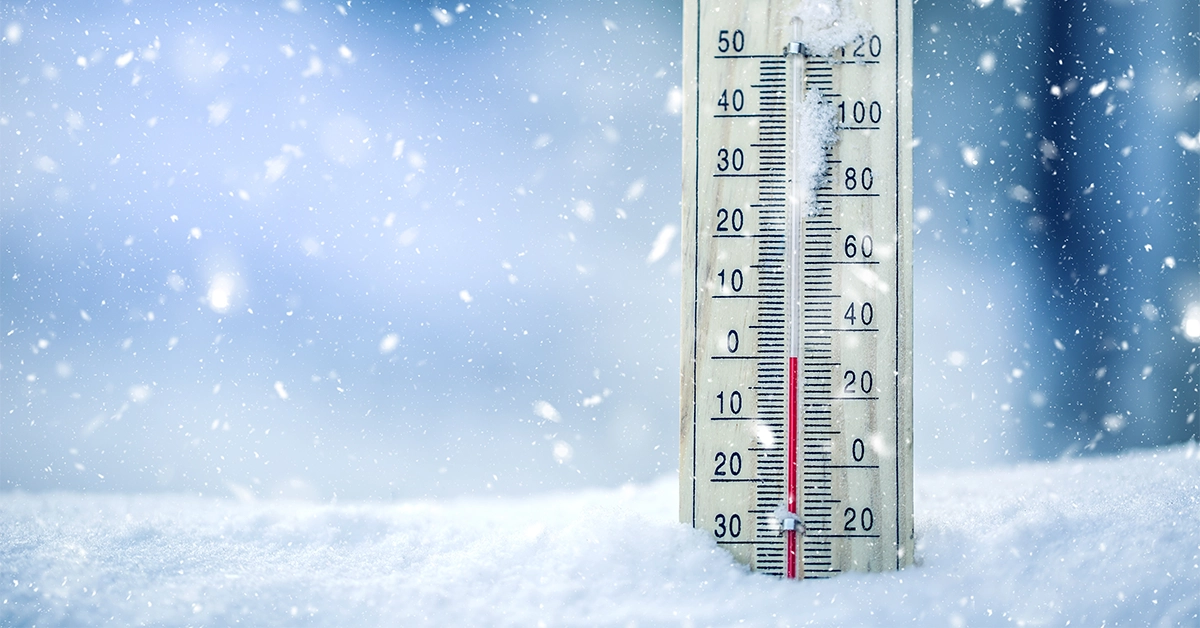Reduce the Risk of Water Damage in Freezing Temperatures

Damage due to frozen water pipes can be costly. Take time during the preseason to perform some maintenance steps on your pipes that help reduce the likelihood of freezing when the temperature drops. Remember that water expands as it freezes, which increases pressure inside water pipes. Most frozen pipes occur to those exposed to outside temperatures, such as outdoor hoses and connections, swimming pool connections, sprinkler lines, crawl spaces underneath a home, and in unheated garages.
Reduce the Risk of Frozen Pipes
- Protect your pipes from freezing
- Drain all unnecessary water pipes before freezing temperatures set in, such as pipes for a swimming pool or lawn sprinkler system.
- Remove hoses from outdoor connection points, and keep the outside valve open so remaining water in the pipes can drain.
- Consider insulating exposed water pipes with a pipe sleeve, heat tape, or other similar material.
- When cold temperatures are expected, let the cold water drip from the faucet to help prevent freezing.
- Keep the thermostat set to a minimum of 55 degrees Fahrenheit in unoccupied homes, or if you are going to be away for an extended period of time.
Carefully check for frozen pipes
- Turn on the faucet. If only a trickle of water comes out, frozen pipes are likely.
- As you begin thawing the frozen pipe, keep the faucet open so thawed ice can drain from the pipes. There are many options for thawing pipes, however never use a blowtorch, kerosene or propane heater, charcoal stove, or any other open flame. If in doubt, consult a professional plumber for advice on how to safely thaw your frozen pipes.